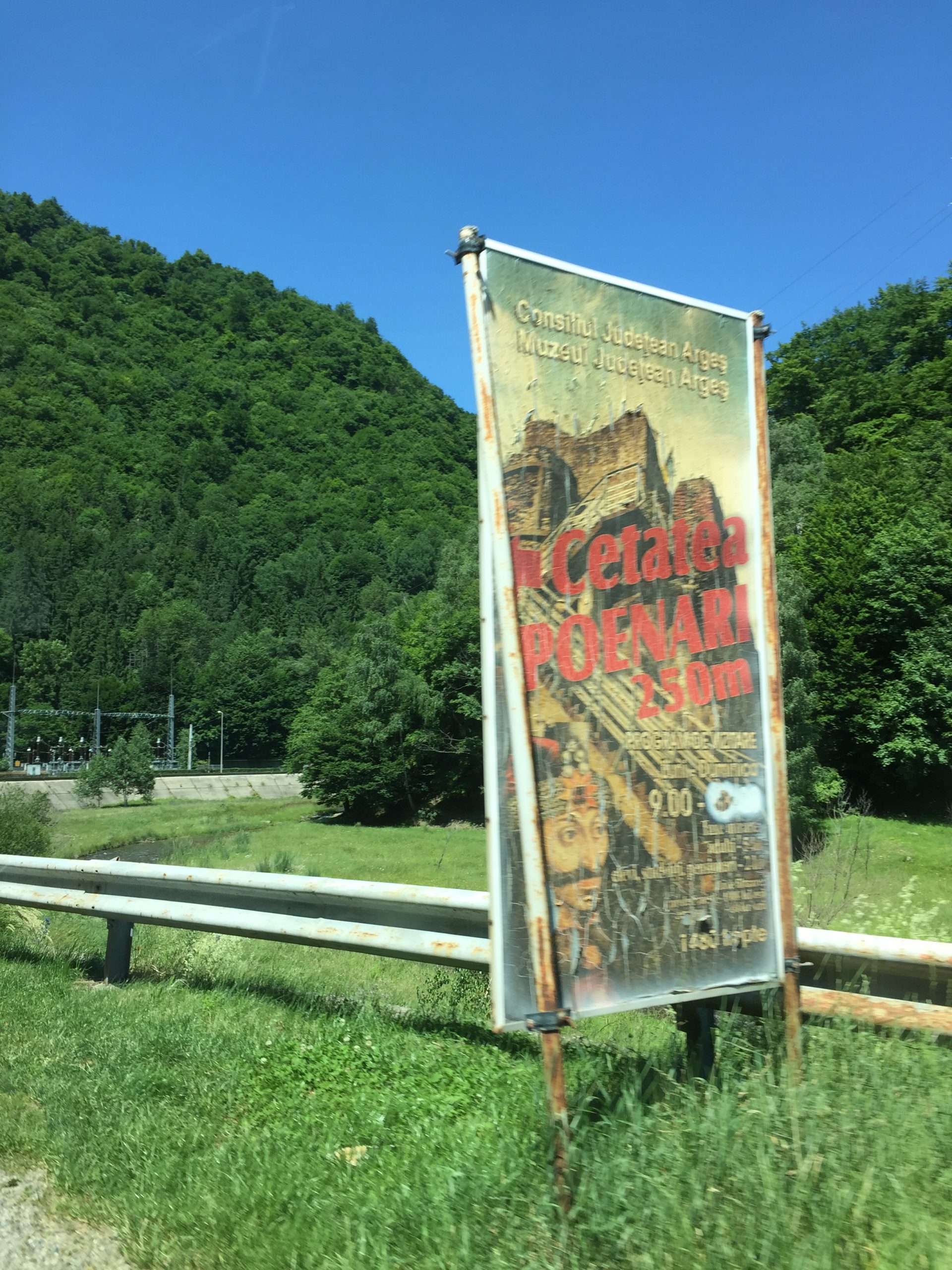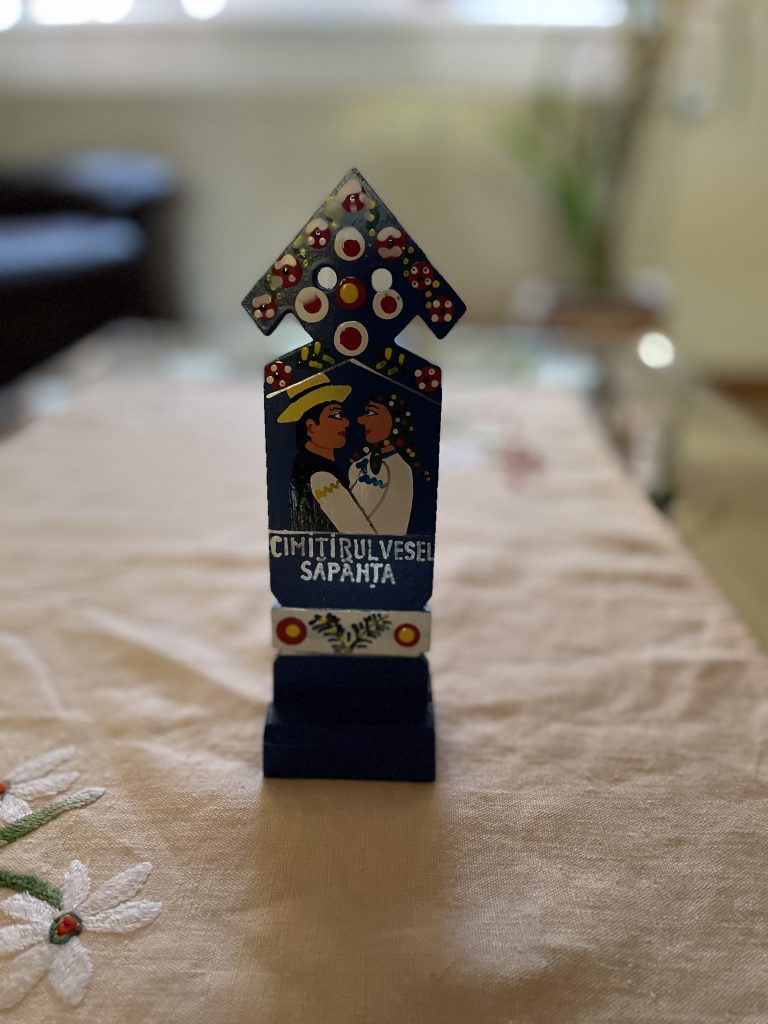Preview Romania: Travel Destinations

If only I had more time. . . I’d visit every one of the areas of interest in the Wallachia, Dobruja, Transylvania, and Banat-Crisana regions of Romania I’m highlighting in this post. I’m going to share with you from Welcome to Bucharest and Romania, gifted to us by the concierge at EuropaRoyale Hotel Bucharest in 2019. We will return to Romania in 2022, and we’ll be mostly in a valley in the Southern Carpathians, but we’ll also take a couple of days to do some sightseeing, so I’ll be sure to share about that later. [Due to unforeseen circumstances, the sightseeing trip had to be cancelled, but we will be back.]
Prahova Valley
Wallachia – The Prahova Valley is a popular tourist destination for Bucharesters and foreign visitors. Peles Castle, in Sinaia, was built at the orders of Carol I, the first king of Romania. It served as a royal residence from 1883 until 1947, when it was nationalized by the communist regime. The property was later returned to King Michael I, and the first floor is now available for tours. Heroes’ Cross was built between 1926 and 1928 in memory of those who died in WWI. It is the highest cross in the world located on a mountain. Predeal is the highest-altitude city in Romania. It offers winter sports and unpolluted air rich in ozone.
Danube Delta
Dobruja – The Danube delta has been divided since the 19th century between Romania and Bulgaria. It is known for its many species of birds (250), including Dalmation pelicans. The beach at Sf. Gheorghe is said to have the finest sand on the entire Black Sea coast and overlooks where the Danube meets the Black Sea. This is where you’ll find Sacalin Island, which formed in 1897 and grows at a rate of 24 feet per year.
Black Sea Coast
Dobruja – Constanta the largest harbor in Romania and one of the largest in all of Europe. It is the oldest attested city in Romania tracing its founding to 167 BC under the name of Tomis, a Greek colony. Romania’s Black Sea coast is nicknamed the “Romanian Riviera.” An Art Nouveau-style casino, built at the beginning of the 20th century, is still in operation there.
Brasov
Transylvania – The city of Brasov is a hub of economic and cultural importance, in addition to a medieval flare. It is the most-visited Romanian city after Bucharest. Tourists can watch the changing of the guard at the Council House to the sound of trumpets every day at 6:00 p.m. The Black Church is the largest Gothic place of worship in southeastern Europe and was constructed between 1383 and 1477. It has survived numerous earthquakes and a devastating fire.
Bran Castle
Transylvania – Bran Castle is also known as Dracula’s castle because it was the setting of Bram Stoker’s horror novel Dracula. Vlad the Impaler, a royal in the 15th century, served as the model for Dracula. Known for his cruelty, Vlad is also regarded as a leader of integrity who fought against the Ottomans. The property is open to tourists and features the Royal Park with two lakes and Queen Marie’s Tea House. Beware of the bears!
Sighisoara
Transylvania – The Sighisoura Citadel was included in the UNESCO heritage in 1999 because it is the largest medieval citadel inhabited continuously in 1999. The first mention of this facility in history was in 1280. In the 1400s, craftsmen settled in the Citadel and the original wall had 14 tours, the seats of the individual craftsmen’s guilds. The Clock Tower is the most prominent one at 64 meters tall and was built to protect the city’s main gate. It houses the city’s museum of history and contains collections such as archaeology, ethnography, pharmacy, furniture, and crafts and guilds.
Sibiu
Transylvania – Sibiu has a history of over 800 years and is the largest urban medieval settlement in Romania. It was named a European Region of Gastronomy in 2019 by IGCAT (International Institute of Gastronomy, Culture, Arts and Tourism). The region has not embraced the concept of genetically modified crops. Century-old cultural flavors coexist in Sibiu including Romanian, Saxon, Hungarian, Jewish, and Roma. The area is renowned for its cheeses, cold meats, and rustic breads. Ethnographic areas of the region are known for sheep raising, wine, agriculture, and wild plants and animals.
Alba Iulia
Transylvania – The great union on December 1, 1918 took place in Alba Iula, and this is considered the most-important moment in the history of Romania marking the fulfillment of the dream of uniting the country once again. It was there that King Ferdinand and Queen Marie returned from exile and were crowned monarchs of Greater Romania in 1922. St. Michael Roman Catholic Cathedral dates back to the 13th Century marking the pinnacle of late romanticism and containing funerary monuments from the Gothic, Renaissance, and Baroque ages.
Cluj-Napoca
Transylvania – Known as the heart of Transylvania, Cluj-Napoca is a dynamic and youthful city while still retaining a surprising amount of historical architectural influences. It’s also one of the most-developed cities in Romania, rich in culture and education. It has the highest percentage of students in the country. With more than 500 IT companies employing more than 15,000 specialists, Cluj is known as the “Romanian Silicon Valley.” Cluj also is home to one of the oldest squares in Romania, Union Square in the heart of the city. If you go there, Cetatuia Hill shouldn’t be missed. There you’ll find the remains of a star-shaped fortification built in the 1700s. It also is considered a romantic place and many proposals occur there. Cluj is also home to the Transylvania International Film Festival and the Untold Festival, the largest music festival in Romania.
North of Cluj in Maramureș is the Merry Cemetery of Sapanta, which is famous for its good cheer with brightly colored crosses painted with scenes from the lives of the deceased. Each cross features a humorous or touching epitaph written in the first person. Seen below is a souvenir depicting one of the grave markers.

Timisoara
Banat-Crisana – Timisoara is the largest and most-developed city in western Romania. It was designated on the European Capitals of Culture in 2021. Timisoara was the second city in the world after New York to introduce public electric lighting (1889). The city was built on the ruins of a Roman citadel. Timisoara features Baroque buildings and a vibrant city square, Unirii, a favorite of the city’s young people.
So, there you have it. Take your pick. See one, or all of these interesting places when you visit Romania. I plan to return to Romania many times in the future, so maybe I’ll write about some of them in greater detail someday. Let me know if you’ve visited any of these and tell me what else we should know!
Other Romania Posts
Preview Romania: Country Basics




Leave a Reply